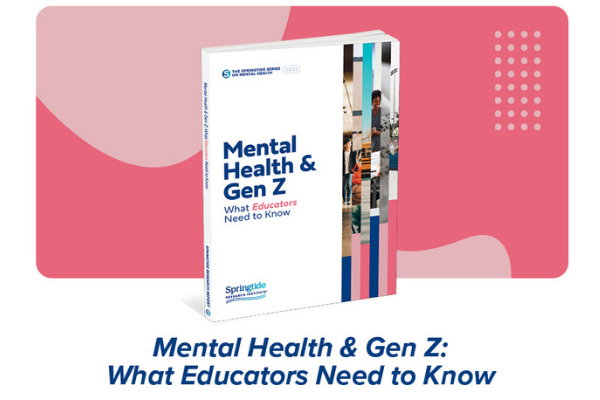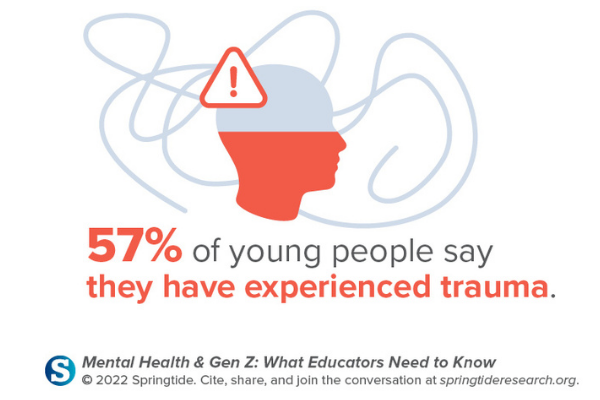The American Academy of Pediatrics, the Children’s Hospital Association, and the American Academy of Child and Adolescent Psychiatry recently declared the mental health crisis in young people a national emergency.
Educators will need to wrestle with two critical questions if they are to respond well to these dire warnings.
First, is your school ready to manage more students experiencing an acute crisis? No doubt the answer is highly dependent upon available resources within your district. Providing for individual student care is crucial, of course, but it is also resource intensive. If we start to imagine doubling, or even tripling, the number of students in need of such individual interventions, the task ahead could seem overwhelming, if not impossible.
Which leads to the second question: Are there ways to mitigate the number of individual students experiencing an acute mental health crisis? In other words, can schools move from crisis reaction, and a response limited to a specific student, to crisis prevention?
According to a new report from Springtide Research Institute, “Mental Health & Gen Z: What Educators Need to Know,” the answer is yes.

Analyzing A Crisis
A growing consensus among researchers offers a concerning list of mental health challenges for young people. Widely available data show high rates of depression, anxiety, violence, and suicide. Springtide’s ongoing mental health research (housed here) aligns with this trend but, helpfully, doesn’t end there.


By using different types of data—a set of over 4,000 surveys, with more than 3,000 completed by students, and 80 in-depth interviews with a specific focus on mental health in schools and educational settings— Springtide has unique insight into Gen Z’s struggle. We have developed three key findings that will help you prepare to serve not just an individual student in crisis but to cultivate a healthier school community.
Three Things Educators Need to Know
Springtide’s extensive interviews with young people reveal that they consider existing mental health programming (e.g., puppy parties before finals) less than ideal. One student called such efforts “performative.” By contrast, schools that create connection, foster alignment between tools and expectations for students, and help young people discover a sense of purpose are highly likely to succeed at promoting the mental health and flourishing of young people.
Let’s take a closer look at how the report defines each of these key findings.
- CONNECTION. Springtide data show that for young people, sensing that they’re noticed, feeling named, and being known in school correlates with a sense of belonging. Helping young people make connections that lead to belonging at school is a proactive way to mitigate mental illness. Springtide uncovered some ways to accomplish this in a white paper entitled, “How to Build Belonging: A Free Guide for Educators.”
- EXPECTATIONS. There are explicit or implicit standards that young people feel pressure to meet or exceed. If expectations at school are unachievable or unclear, young people will often criticize themselves rather than the standards, causing their mental health to suffer. Making sure young people have the right tools to meet expectations is a matter of clear communication and accessible resources.
- PURPOSE. This is often the difference between a student being present and being engaged. Feeling a sense of purpose at school can stem from a subject they’re passionate about, a community they’re involved with, a spiritual practice that grounds them, or more. Though fewer young people turn to religious institutions for conversations about meaning, they nonetheless need spaces that help them discover a sense of purpose. Springtide’s data show that schools—with professionals trained and passionate about exposing young people to new ideas and possibilities—are central places for this critical work.
Download “How to Build Belonging: A Free Guide for Educators,” for research-backed insights and tips to help your school turn the tide on student mental health.
Sponsored Content Disclaimer:
Sponsored Content in Partnership With NASSP
NASSP allows select groups to share information and thought leadership with our program audiences.

